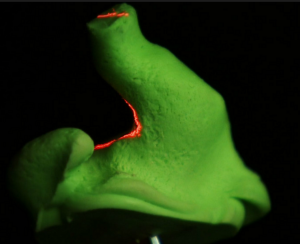Laboratory Safety Noise
Millions of workers are exposed to dangerous levels of noise in their workplaces. Over the past 20 years, government agencies have consistently identified noise induced hearing loss as one of the top concerns of workers. Noise in laboratories is a growing concern.
Because of concern about noise in clinical laboratories, accrediting agencies are implementing special emphasis programs on noise reduction in these workplaces. As a result of this concern, the College of American Pathologists added laboratory noise evaluation to their General Checklist for Accreditation.
SOURCE
www.osha.gov

 d to be manufactured but the one similarity is the use of a layering process.
d to be manufactured but the one similarity is the use of a layering process.